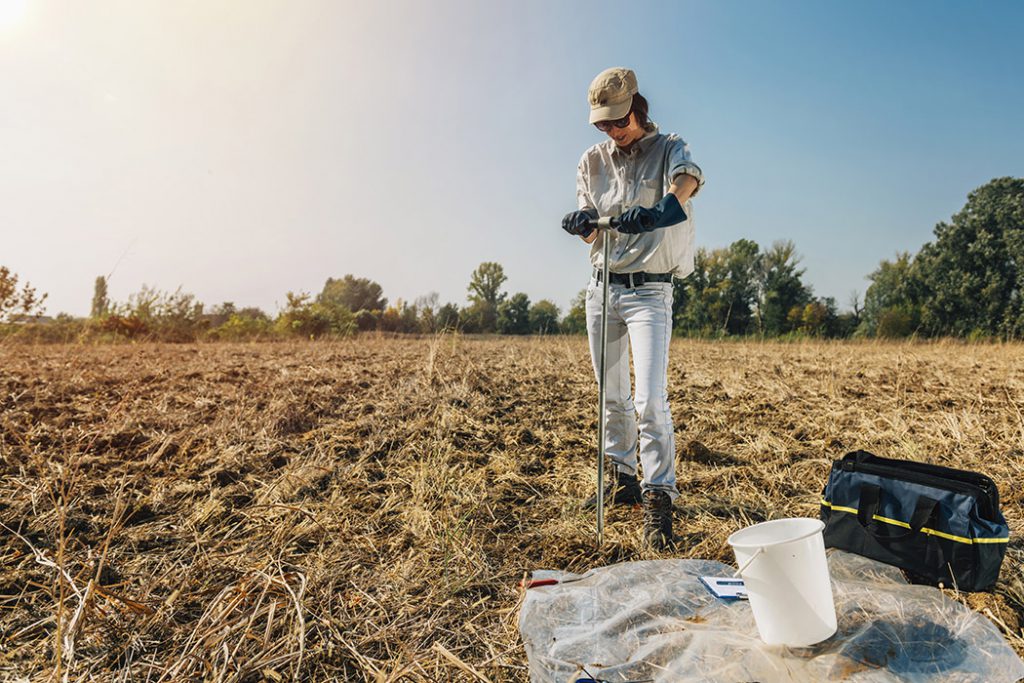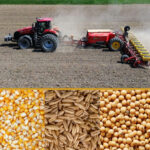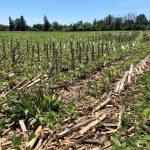Earth Day 2021: soil testing

Did you know, 95% of our food is produced via Earth’s soil? Let talk dirt for Earth Day!
Soil testing is a modern farming technology that can help protect our resources. Farming technologies and methods have changed dramatically in the past 10 years and will continue to change in the next 10 years. Technologies and methods have been developed to help farmers do their jobs more accurately, in order to produce higher quality foods and to reduce the costs of producing these foods. There are numerous modern technologies that have been developed and soil testing is a very important process to keep our soils healthy.
Soil sampling and testing is when farmers or agronomists will collect a representative soil sample from each field or section. They will then send these soil samples into a lab where they will be tested and analyzed to determine the levels of available nutrients. Nutrients in the soil are plant food for the growing grains. They will then use these results to determine a) if their fields need more nutrients added via fertilizer and b) how healthy their soil is. These qualities vary from year to year and are constantly changing.
Watch Justin as he tests his soil and explains the importance of this practice!
By testing their soils, farmers are able to get a better sense of the nutrient needs of their fields. They will be able to use “variable rate application methods of applying fertilizer” (learn more here), to target different sections of the fields with different nutrients. This allows for customized fertilizer application that will meet the nutrient needs of each section of the field. Farmers do this to ensure their crops are growing healthy regardless of where it is in the field, and that they are not wasting crop inputs and money. And, bottom line when farmers can be more efficient and analytical they can be more environmentally friendly when growing grains.
By tailoring the amount of nutrients that are applied to fields to the needs of the soil, farmers are reducing the amount of nutrients that could not be absorbed. These unabsorbed nutrients could be washed off the field through water or win erosion and into nearby waterways and polluting them.
Soil testing is one of the key ways that farmers are able to understand the need of their soils and are therefore able to maximize how they care for the soil.



